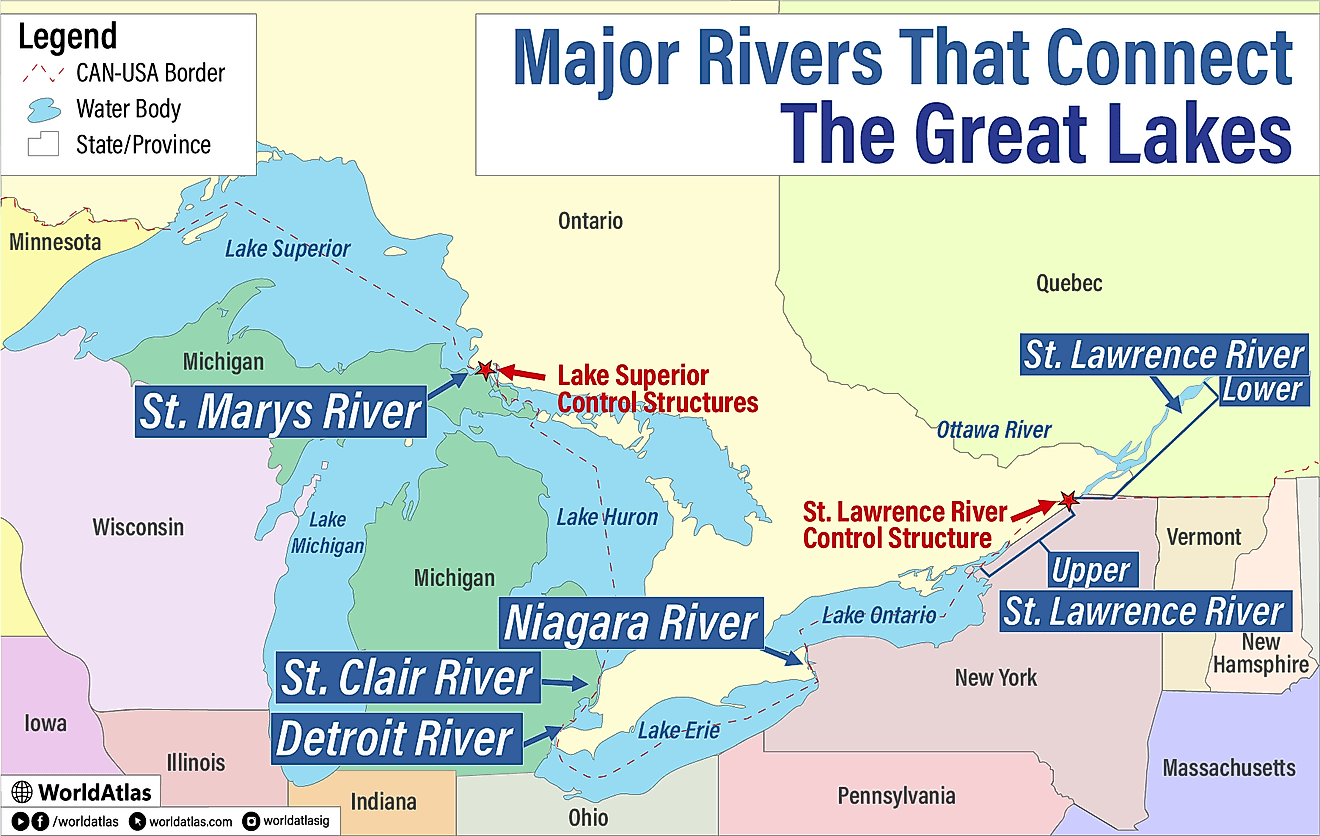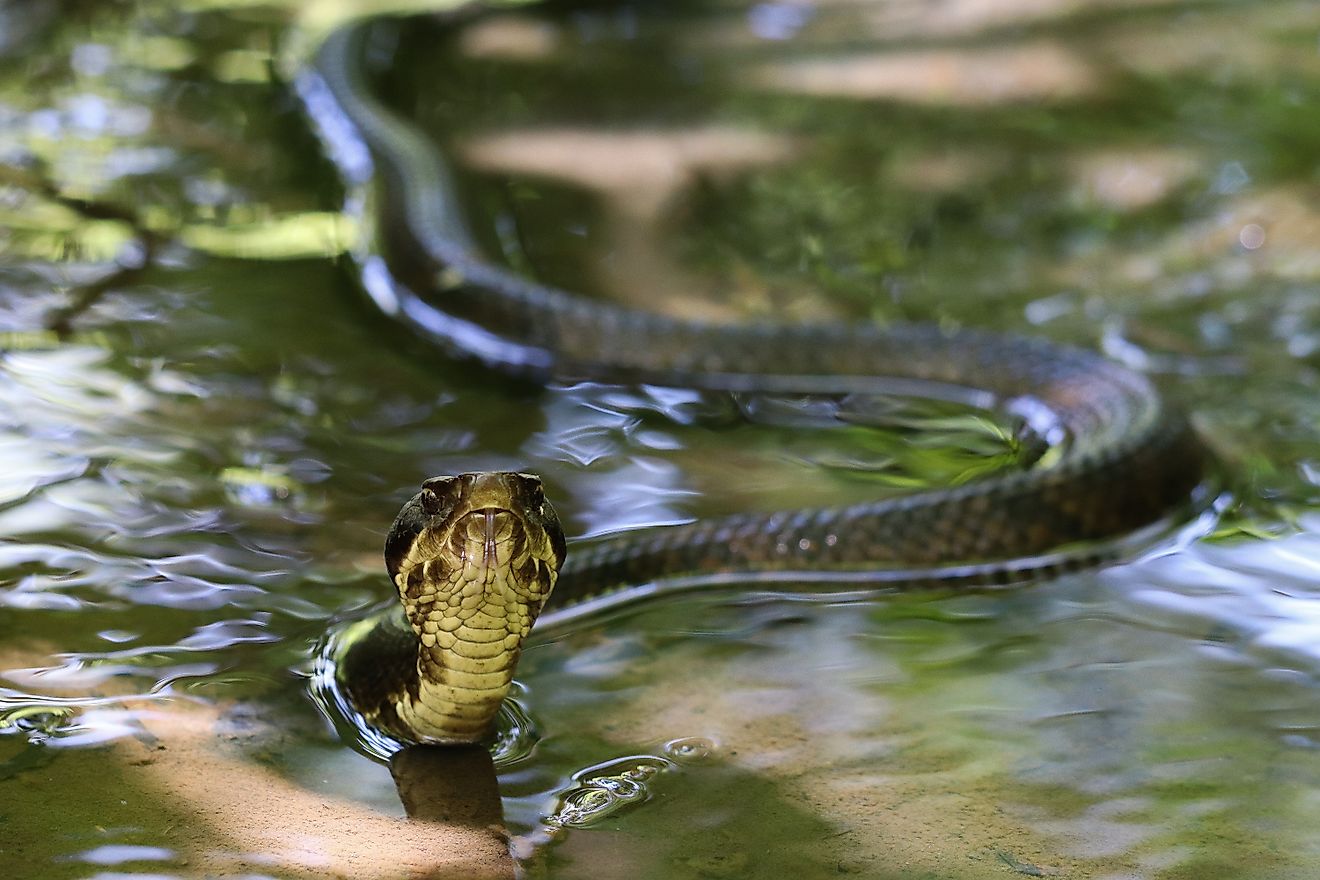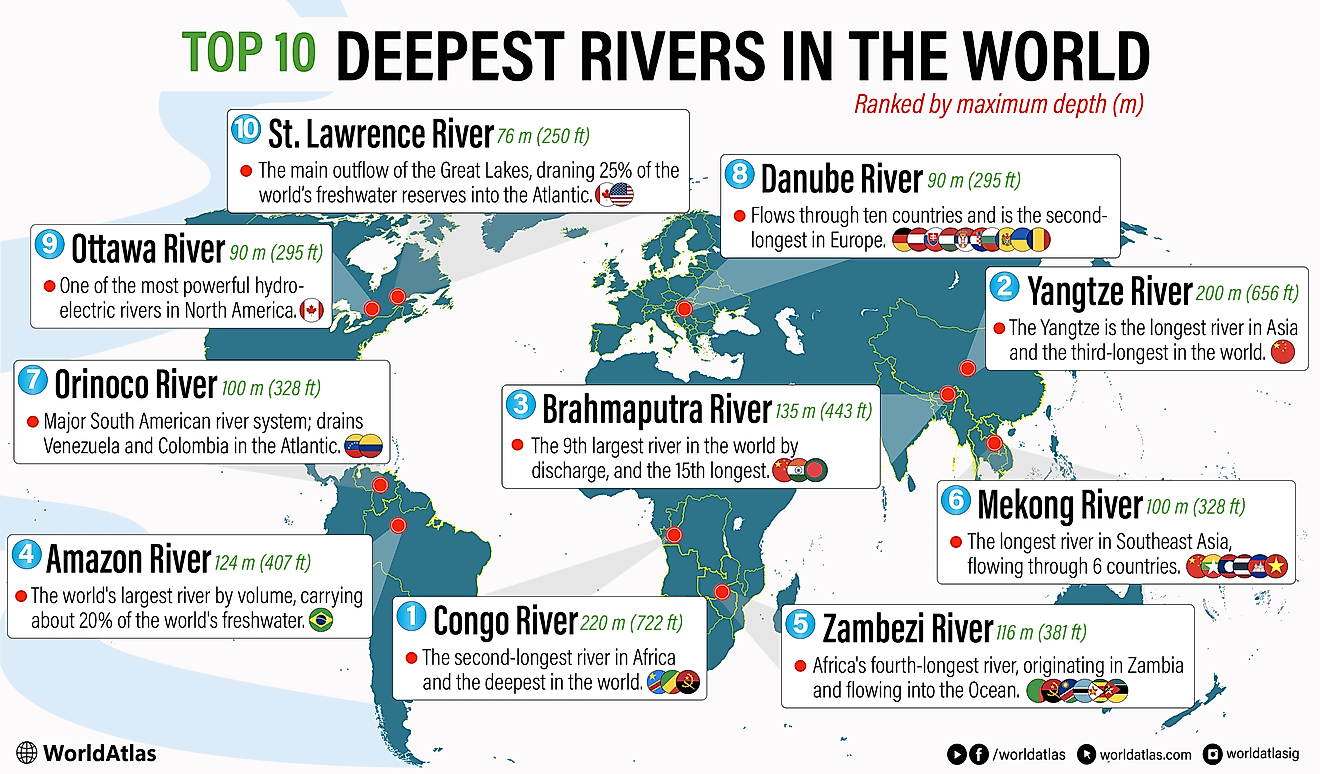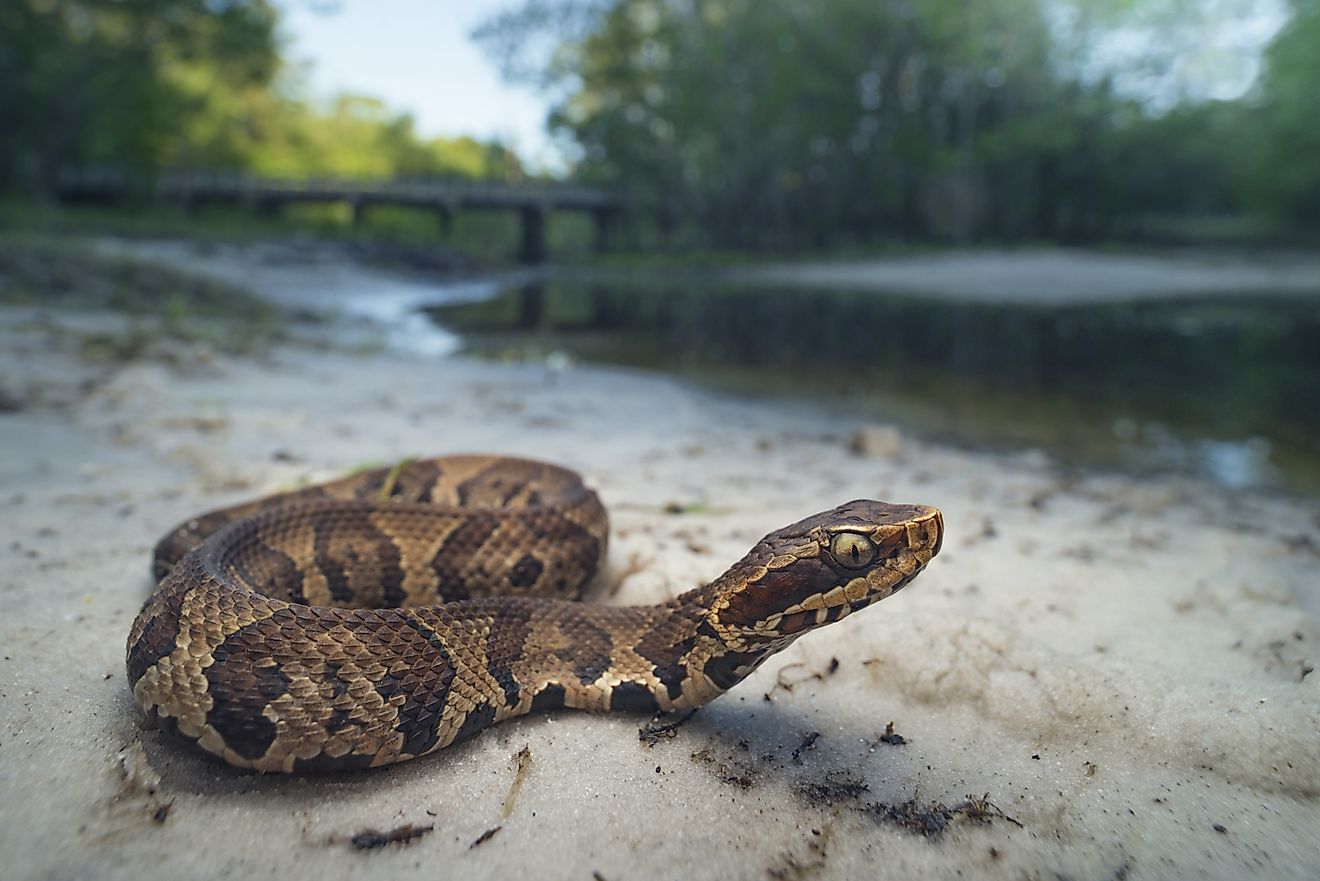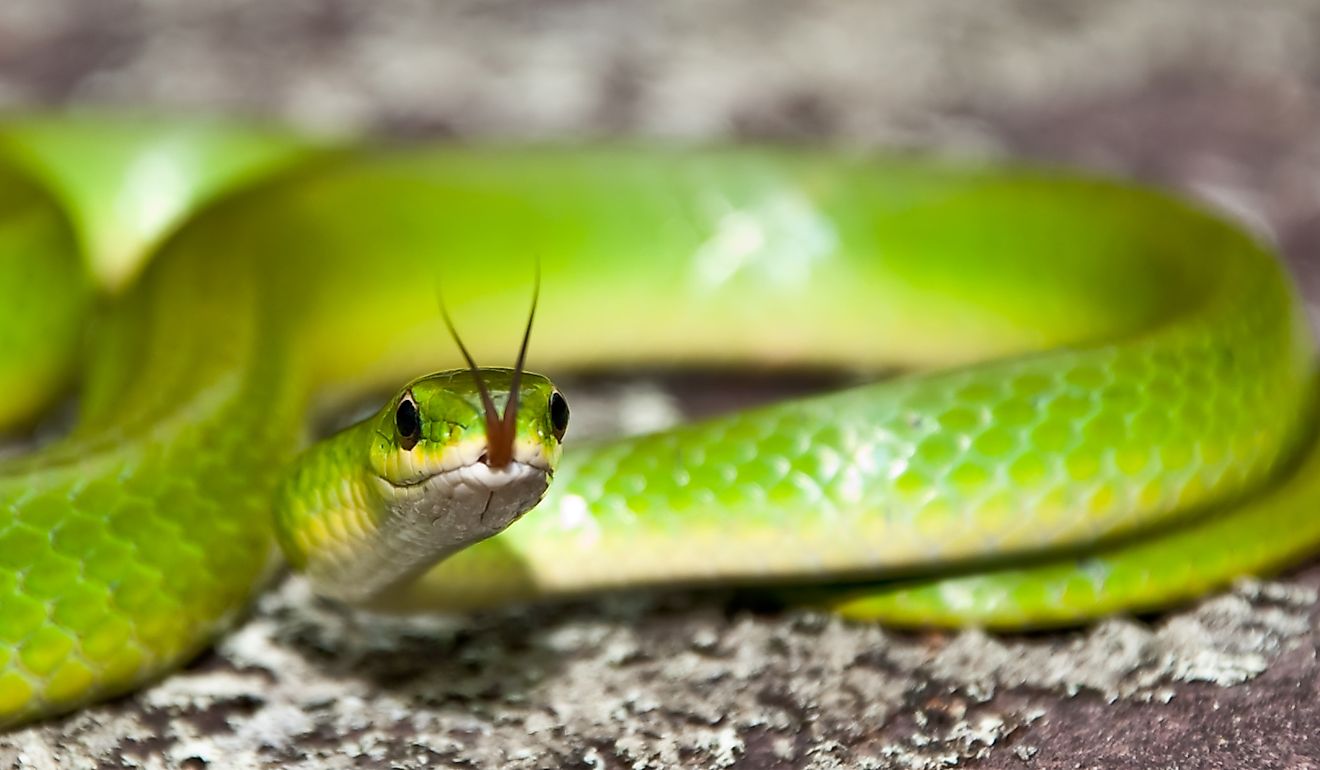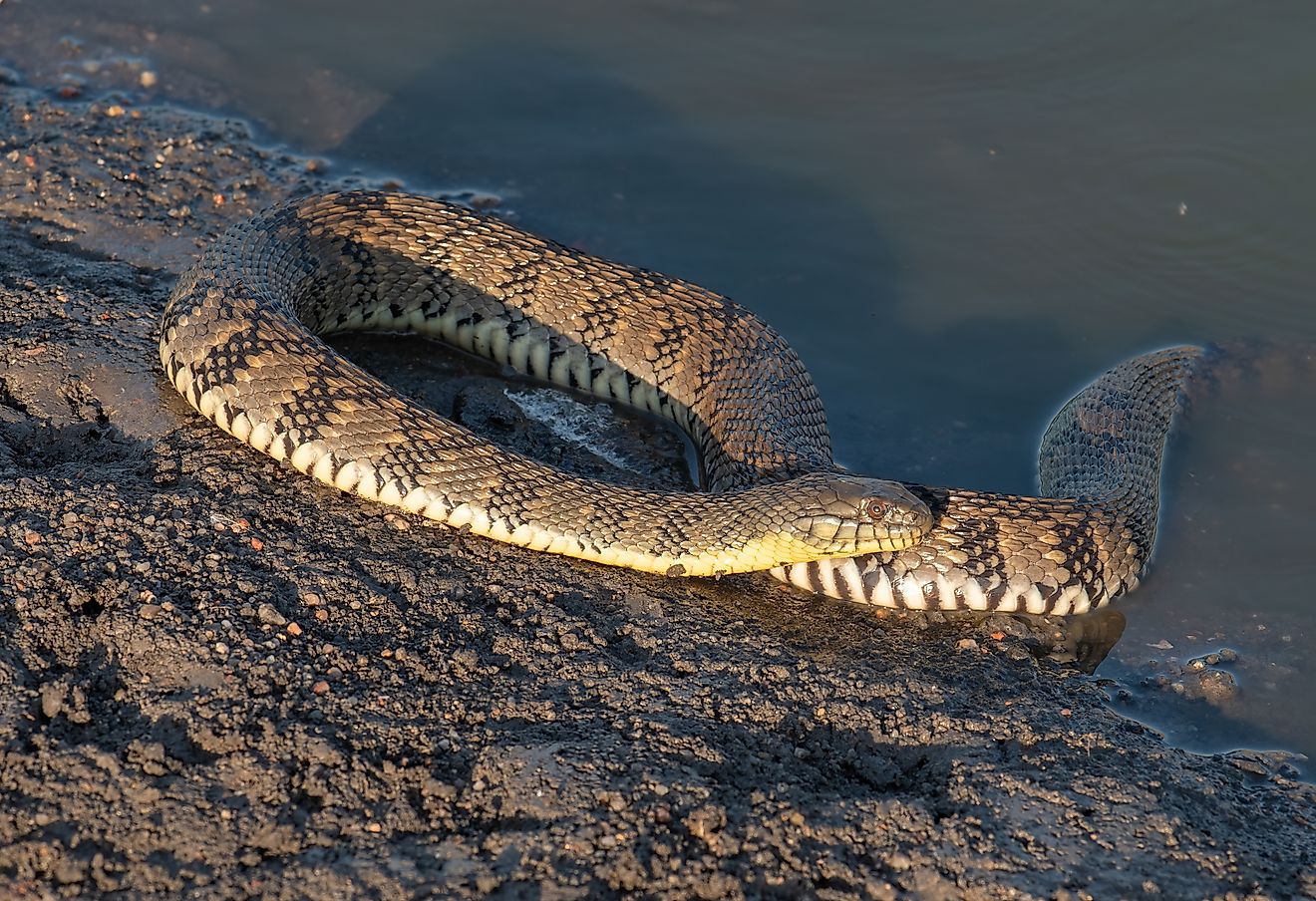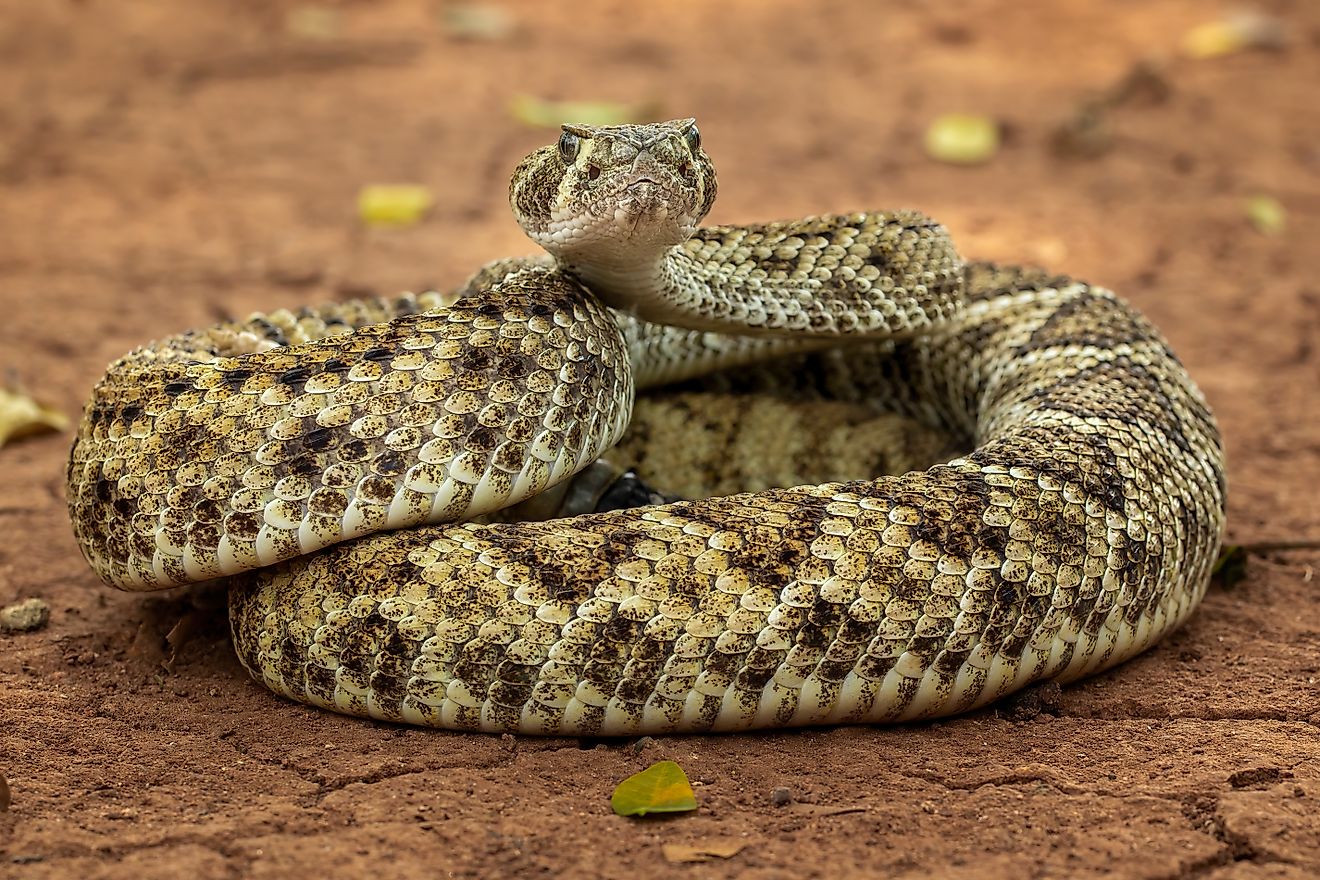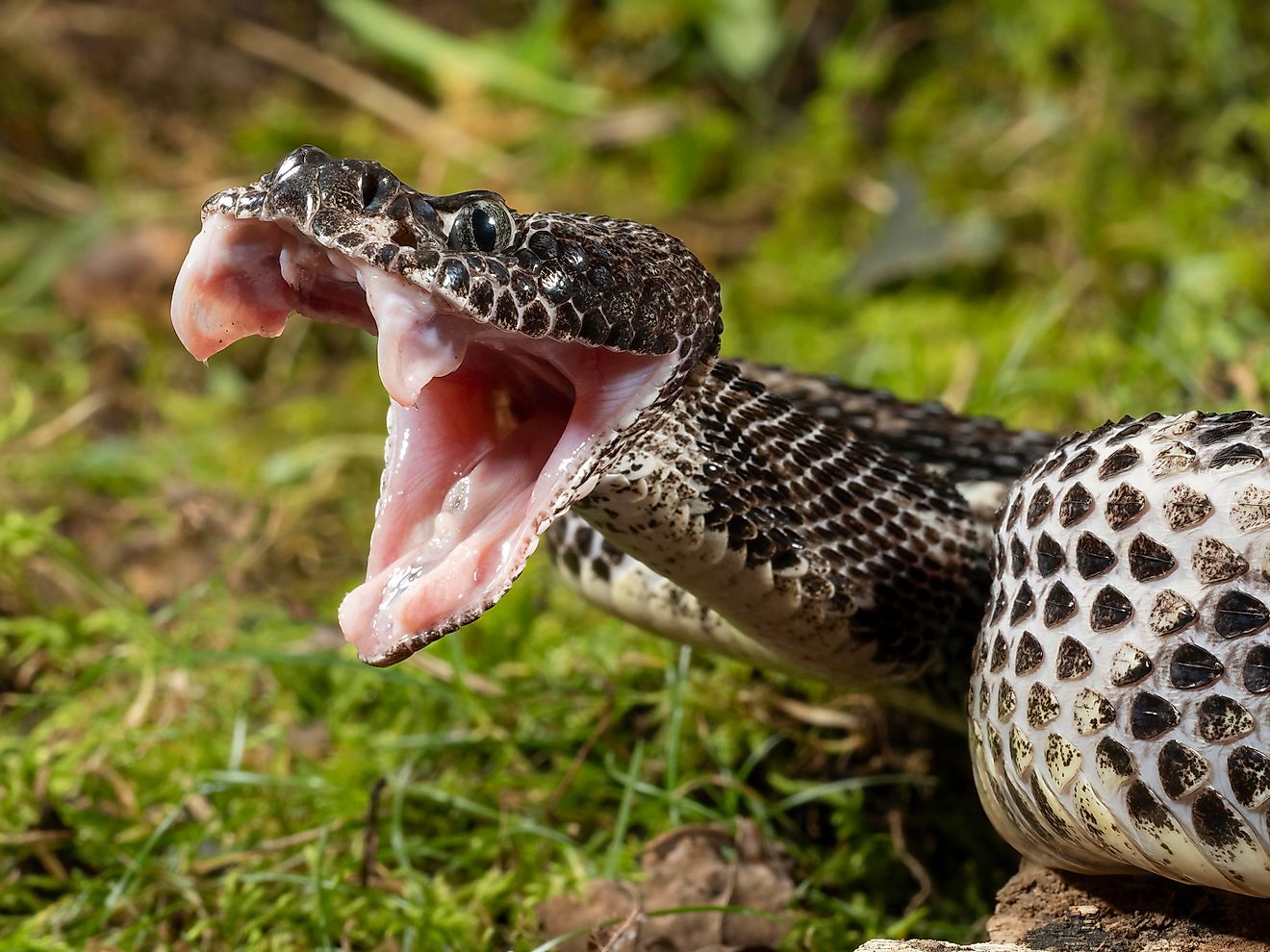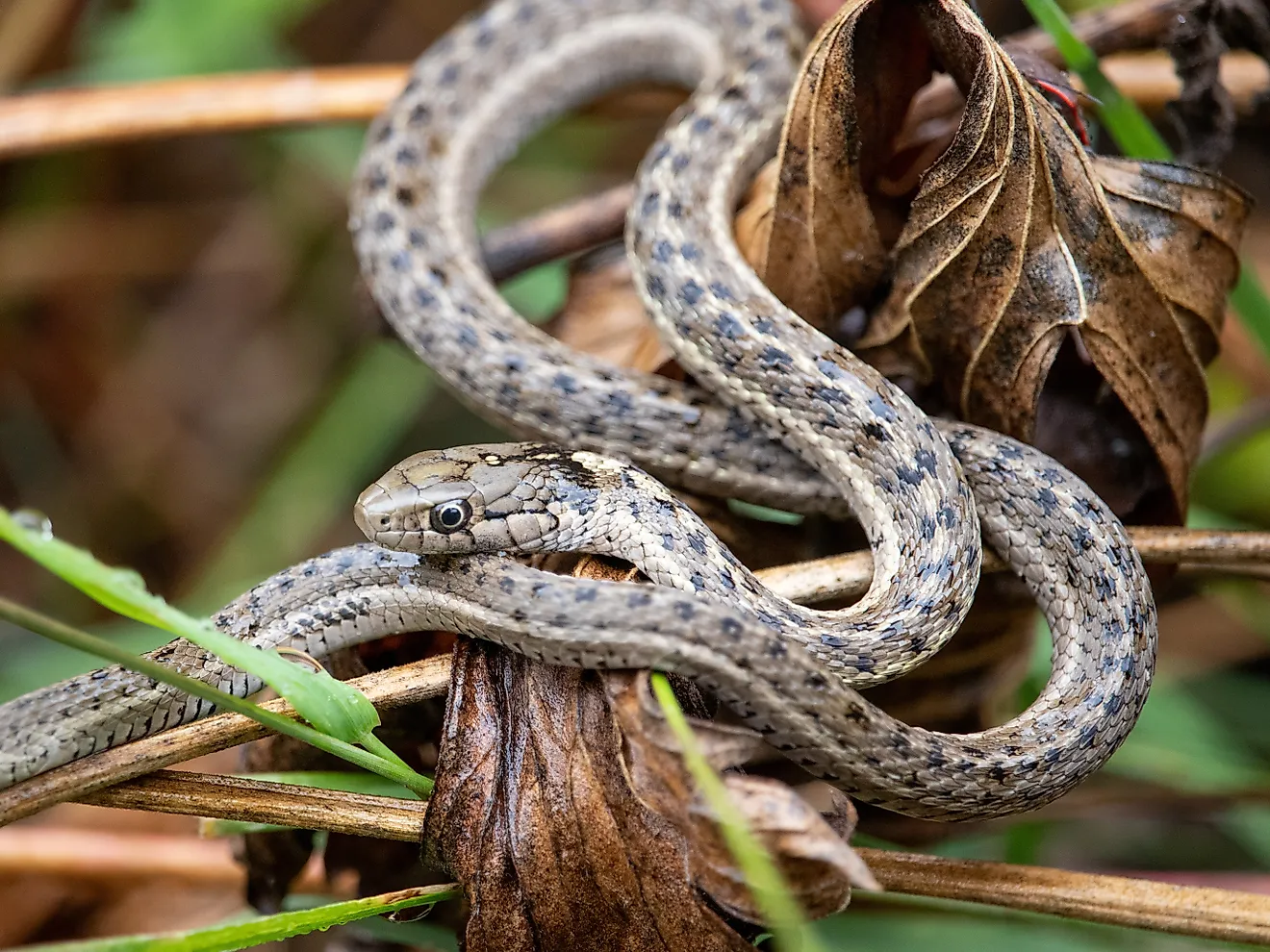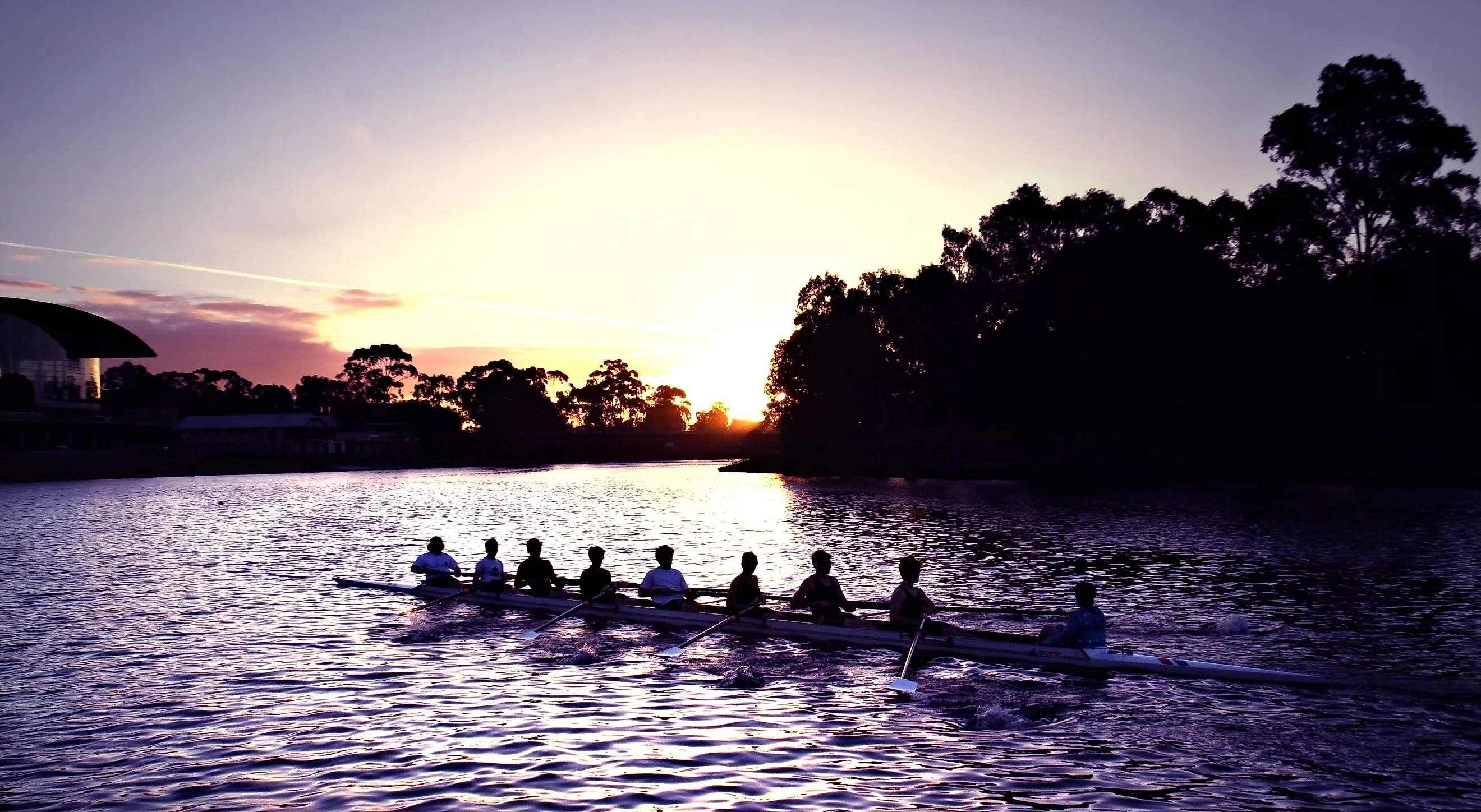
5 Most Snake-Filled Bodies Of Water In South Australia
South Australia’s collection of waterways is not only vital for wildlife but also includes some of the country's most sought-after recreational areas. From expansive rivers and lakes to coastal lagoons, these environments provide ideal cover and food sources for a highly misunderstood creature: Snakes.
Encounters are most common in areas along shorelines and wetlands. With that, this article will highlight the most snake-filled bodies of water across the state, giving you an overview of where these reptiles are most frequently found so you can either seek out or avoid them altogether.
Murray River
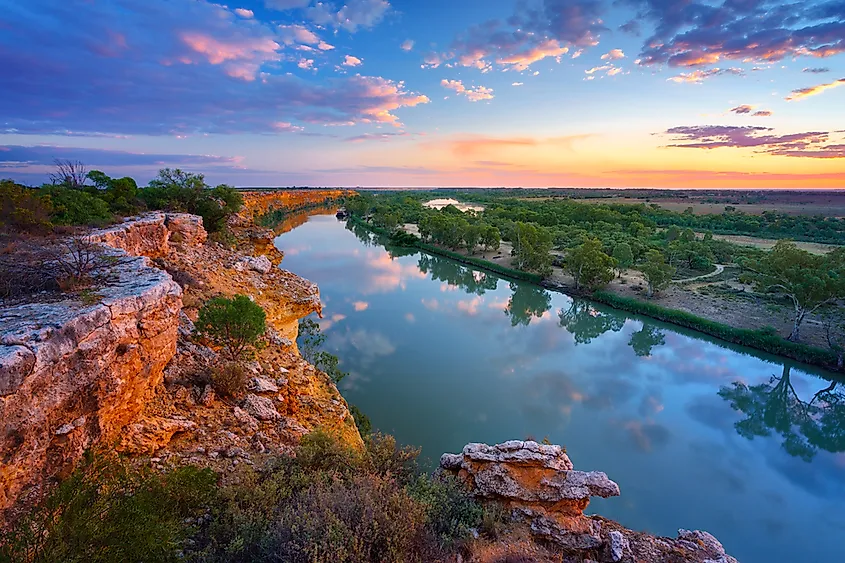
The Murray River, stretching a little more than 2,500 kilometers, is arguably South Australia’s most significant waterway, and also makes for one of the state’s most snake-inhabited environments. Its various wetlands, backwaters, and reed beds provide prime conditions for several snake species, particularly the highly venomous eastern brown snake and red-bellied black snake. Both species are strong swimmers and frequently use the riverbanks to hunt frogs, fish, and small mammals.
Encounters are most common in summer, when snakes are more active and water levels draw them closer to human activity. With a plethora of houseboats, fishing spots, and campsites along the Murray comes, of course, an increase in the likelihood of sightings, especially near quieter tributaries and lagoons.
While the snakes here generally avoid confrontation, the dense vegetation that often grows alongside the Murray River, and proximity to food sources, also make this river system one of South Australia’s liveliest waterways in general.
Coorong National Park's Lagoons
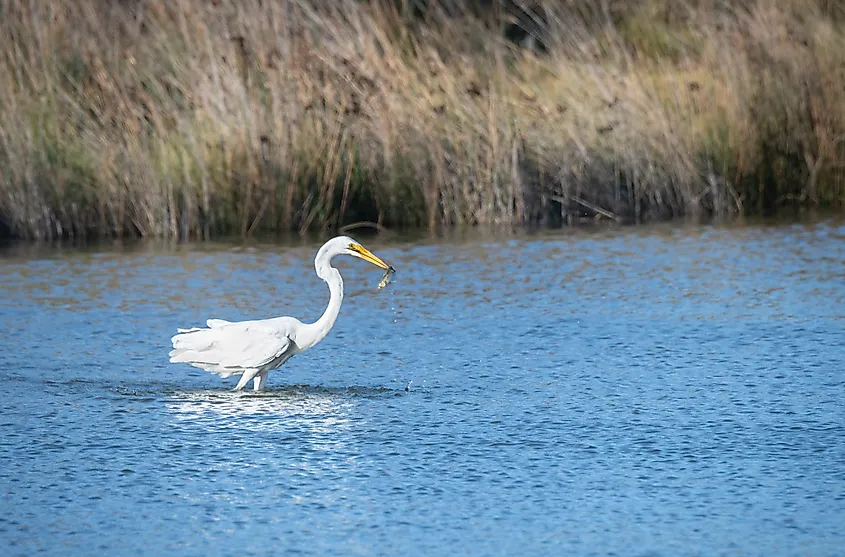
The chain of lagoons and wetlands within Coorong National Park is well known for its ecological diversity, which includes healthy populations of snakes. The mix of brackish water, varied vegetation, and abundant birdlife (both grown birds and eggs providing food sources) creates an environment that supports species such as tiger snakes, which thrive in wetland areas.
These snakes are often found along the reed beds and mudflats where they hunt frogs and waterbirds. Their dark coloration allows them to blend into the shadows of the rushes, making them difficult to spot. Moreover, red-bellied black snakes and brown snakes are also present, particularly near freshwater inlets feeding into the lagoon system.
For those fishing, paddling, or birdwatching in the park, it is not unusual to encounter a snake moving between the water and the surrounding dunes. With that in mind, be careful of where you step and put your hands during your next outing.
Lake Alexandrina
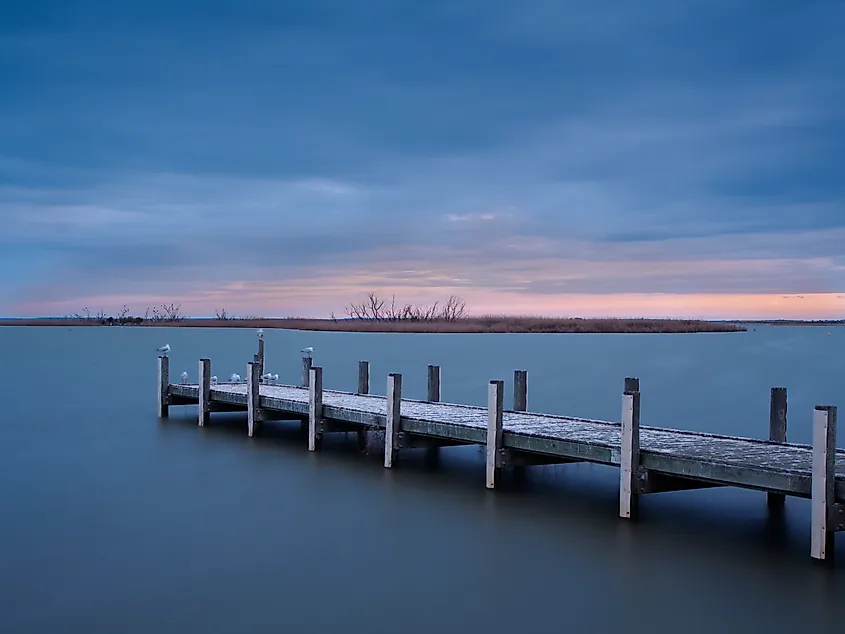
Lake Alexandrina, situated at the terminus of the Murray River and on the shores of the town of Milang, is one of South Australia’s largest freshwater lakes and a habitat favored by reptiles of all kinds. Its shallow waters, marshy edges, and expanses of reeds support large populations of frogs and fish, attracting predators such as the eastern brown snake and tiger snake, frequently observed along the shoreline and near the wetlands that fringe the lake.
During warmer months, activity levels rise as usual, and snakes may be seen swimming across open stretches of water or basking along the sandy banks. With both sailing and camping common in the area, human encounters are possible and have been documented, particularly in less disturbed coves and creeks.
Onkaparinga River
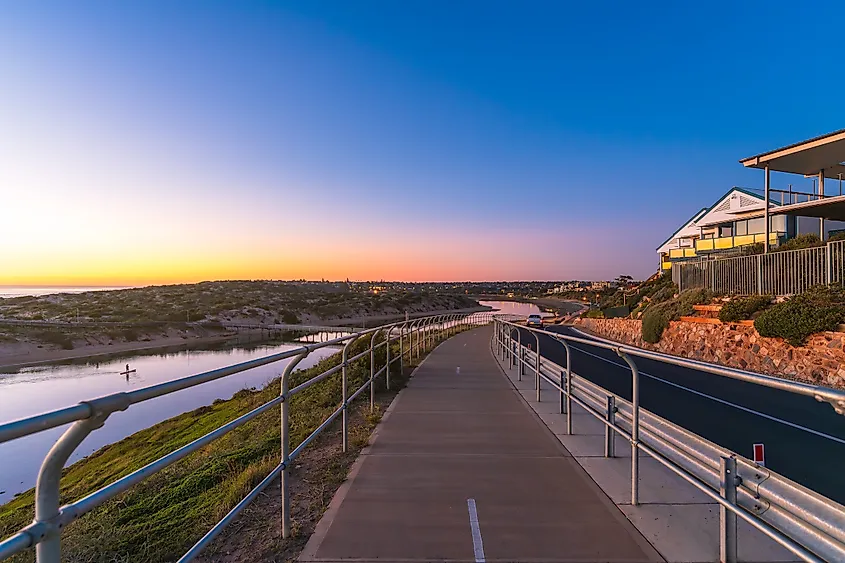
The Onkaparinga River, flowing from the Mount Lofty Ranges to the coast at Port Noarlunga near Adelaide, is a key habitat for snakes in one of South Australia's most urban areas. Its estuary and inland stretches contain a mix of wetlands, rocky outcrops, and dense vegetation that sustain diverse wildlife. Tiger snakes are the most frequently encountered species here, particularly in the lower reaches, where frogs and fish are plentiful. Eastern brown snakes also occur along the drier upper banks and surrounding farmland.
The river’s walking trails and fishing spots, particularly within Onkaparinga River National Park, mean people often share the landscape with these slithery reptiles throughout the year. Make sure to know which areas along the banks you'll most likely run into one of these critters for your well-being and theirs.
Torrens River
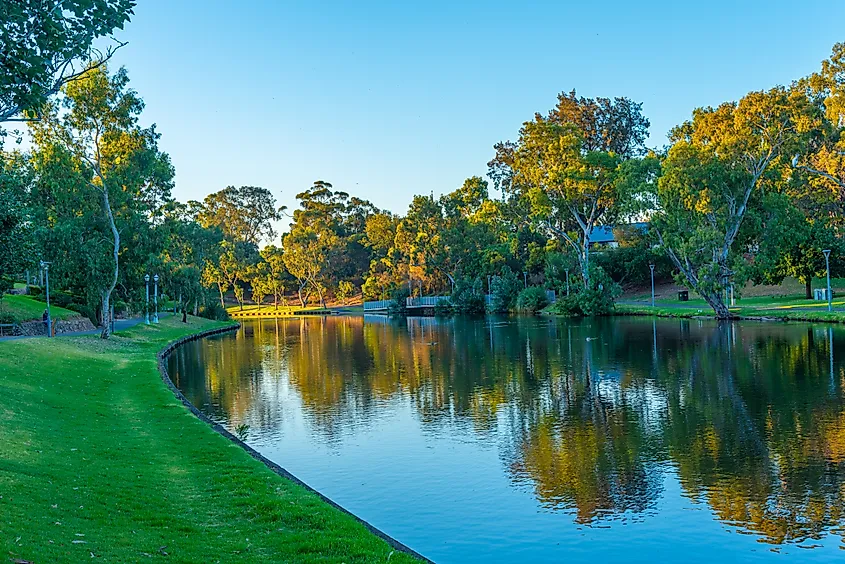
Running through Adelaide and into the Gulf St Vincent, the Torrens River is more than a city landmark; it is also a corridor for much of the region's wildlife. Despite its urban surroundings, the river’s banks, wetlands, and parklands provide enough cover and prey to sustain species such as the eastern brown snake. This type of snake is especially common in the drier stretches upstream, though sightings also occur in suburban reserves where the river widens into ponds. Furthermore, red-bellied black snakes have been reported in wetter sections with denser vegetation.
Public paths, rowing facilities, and picnic areas mean people often use the same spaces where these snakes hunt frogs and small mammals. The mix of urban and semi-natural habitat, with low levels of other natural predators, allows snakes to persist in surprising numbers, making the Torrens River an unexpected but significant snake-filled waterway in the state.
South Australia's Waterways
The rivers, lakes, and lagoons mentioned above showcase how closely snakes are tied to South Australia's diverse aquatic environments. Each location supplies vital food and shelter sources, ensuring the possibility of high concentrations of species like tiger snakes, eastern browns, and red-bellied blacks, among many others.
For locals and visitors alike, awareness is essential, especially in the summer when activity peaks. While most snake species avoid conflict, understanding their habitats helps reduce risks and ensures both your and their safety. Recognizing where to find these snake-filled waters also underscores the ecological balance they represent within South Australia’s varied and interconnected landscapes.
